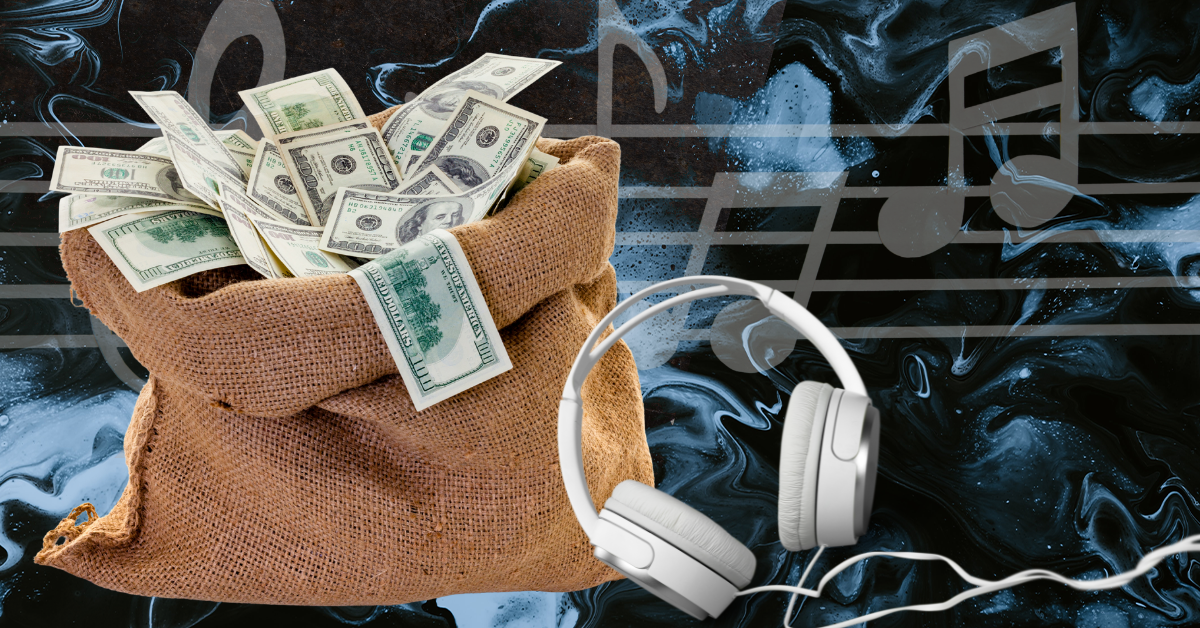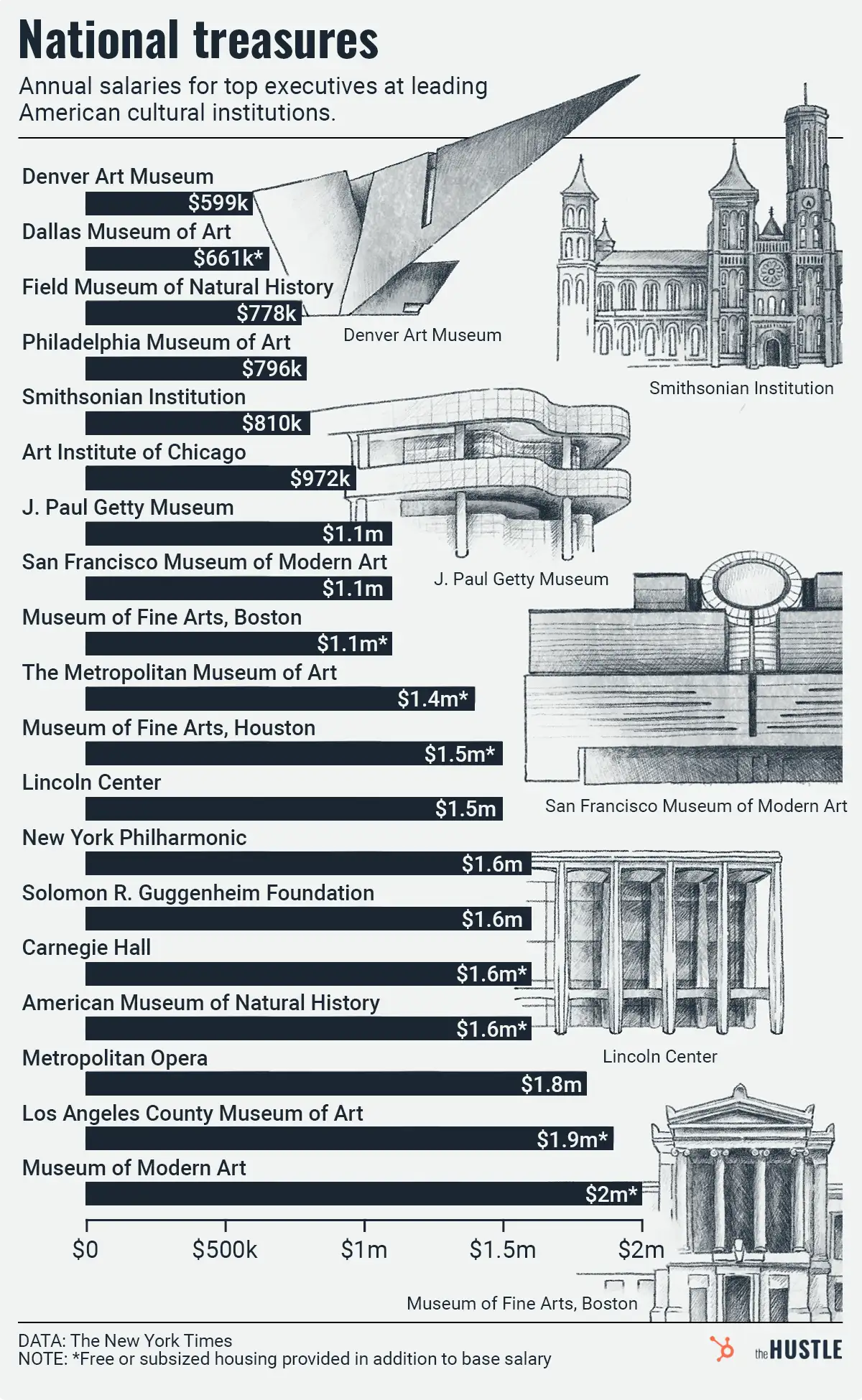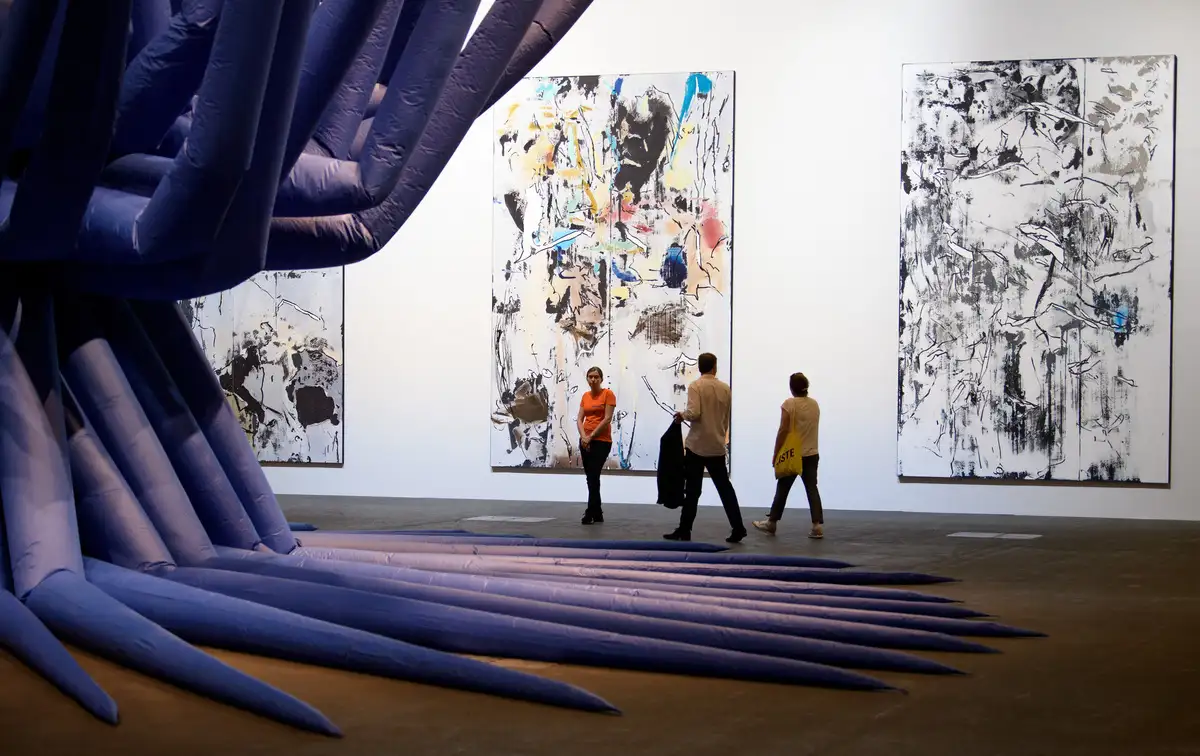In 2017, Leonardo da Vinci’s “Salvator Mundi” became the most expensive painting ever sold at auction at $450m.

But record-breaking sales like that one are now a distant memory for an industry that’s feeling the pressure of rising prices, interest rates, and inflation, per The Wall Street Journal.
Sotheby’s, one of the world’s most famed auction houses, is not immune to the downswing:
- While it previously earned $7B+ in sales annually, the company’s auction business saw a $115m loss and just $3m in profit for the first half of 2023.
- Despite holding $1.8B in debt, the company paid $100m+ for New York’s Breuer building on Madison Avenue last year.
And while the price of Sotheby's bonds tanked this summer, the announcement of a $1B infusion from Abu Dhabi sovereign-wealth fund ADQ fueled a rebound in August.
But, until that lifeline kicks in, insiders told WSJ that the company is delaying payments for its conservators and art shippers by as much as six months and dishing out IOUs in place of incentive pay for senior staffers.
Not-so-fine art
Sotheby’s is far from alone in its plight.
Sales at Christie’s, Sotheby’s, and Phillips totaled $1.2B-$1.8B this spring season, down from the 2022 peak of $2.8B.
And the average price of art sold at auction decreased 32% in 2023 — the largest single-year decline in more than seven years, according to data from ArtTactic via Bank of America.
Adding salt to the wound, Christie’s was hit by a cyberattack in May, with hackers stealing sensitive personal information from the auction house's clients.
Scared you’ll have nowhere to spend your millions? Fret not. Christie’s sold a Mark Rothko painting for $100m+ in February to hedge fund billionaire Ken Griffin.
Art
.jpg?width=48&height=48&name=IMG_2563%20(1).jpg)






